Destination guide for the Heilig-Geist-Kirche (Church of the Holy Spirit), Asamkirche (St. Johann Nepomuk), and Alter Peter (St. Peter’s Church).
Munich is home to hundreds of churches that reflect its long and storied religious history. As you wander through the city, you’ll come across stunning church facades and soaring bell towers, and at times, find yourself immersed in a chorus of church bells. The interior of these churches are just as captivating, showcasing magnificent works of art and architecture in Gothic, Rococo, and Baroque styles.
⛪ Oldest: Alter Peter (St. Peter’s Church) is Munich’s oldest parish church, with records indicating that the first church built on the site dates back to 1180.
⛪ Most Famous: Frauenkirche (Cathedral of Our Lady), consecrated in 1494, is renowned for its twin towers with distinctive domes and for being the world’s largest hall church.
⛪ Fanciest: Asamkirche (Asam’s Church), built in the mid-1700s, is famous for its Baroque interior, adorned with vibrant frescoes and intricate detailing.
This destination guide will focus on the three churches I visited in Munich:
Heilig-Geist-Kirche (Church of the Holy Spirit)
Asamkirche (St. Johann Nepomuk)
Alter Peter (St. Peter’s Church)
Includes info on climbing the bell tower and the sacred relic of Saints
Visiting the Churches in Munich
Munich is home to numerous beautiful churches, making it a challenge to narrow down your must-see list to just a handful. For this trip, I was able to visit two churches on my list – Asamkirche and Alter Peter – and while meandering around the city, I discovered the Heilig-Geist-Kirche. Many of the popular, must-see churches are centrally located and a short walk from the Marienplatz. These churches are generally open to the public, except during religious services, and do not charge admission, even though a fee is required to climb most bell towers.
Be mindful that while many of Munich’s churches are free to explore, they kindly request that visitors make a small donation. The donations support the maintenance and restoration efforts of these historic churches.
Heilig-Geist-Kirche (Church of the Holy Spirit)
The first church on this site dates back to the mid-1200s and was a Holy Spirit Hospital, a church with a presbytery that served as a sick room to treat the poor, disabled, elderly, and others in need. Sadly, the church burned down during the 1327 Munich fire. A new church was built at the site, today’s Heilig-Geist-Kirche, and it was styled as a Gothic hall church, meaning the side aisles are the same height as the central nave. The parish’s continuing devotion to the Holy Spirit is depicted in many of its frescoes, particularly the painting above the high altar, which shows the 7 gifts of the Spirit.
The Heilig-Geist-Kirche, like many structures in Munich, was severely damaged during the bombing air raids of World War II. Fortunately, it was rebuilt, and the beautiful frescoes were repainted (artists used surviving photographs as a guide).
This church is located next to the Viktualienmarkt, which is how I came to discover it. The Heilig-Geist-Kirche is best reached by walking or public transportation, as parking is limited in the area. I spent about 15 minutes walking around the church.

The Heilig-Geist-Kirche is accessible.
Asamkirche (Asam’s Church)
The Asamkirche (Asam’s Church) was a definite must-see, as I was captivated by the various pictures I saw in travel guides. This church has a very unique history. It was built in the 1700s by the brothers Egid Quirin and Cosmas Damian to serve as a private chapel. The Asamkirche was constructed on a plot adjacent to the brothers’ home, with Egid designing the church in a way that allowed him to view its interior from a window in his home.
The Asamkirche is an elaborate Baroque church, every inch of which is covered with paintings, marble, sculptures, or gold leaf. While the church is small, I spent a good 20 minutes there, as there is so much to see!
This church is located on Sendlinger Straße, a pedestrian-only street lined with stores, homes, and eateries. The facade definitely stands out, so you’ll have no problem finding the Asamkirche.

There are three steps at the entrance of the church that make the Asamkirche inaccessible to those in wheelchairs.
Alter Peter (St. Peter’s Church)
The Alter Peter is the oldest parish church in Munich. The first church built on this site, a Romanesque-style basilica, dates back to before 1180. In 1278, construction began on a new church, but it was later destroyed in the 1327 Munich fire. The church, today’s Alter Peter, was rebuilt around 1329 in a Gothic style, and over the years, spires and towers were added, damaged, and restored. During World War II, Alter Peter suffered extensive damage, with restoration taking decades to complete. Notably, work on the large ceiling fresco wasn’t completed until 2000!
This church is right next to the Marientplatz and about a block away from the Heilig-Geist-Kirche. It is best reached by walking or public transportation (metro station less than a block away). When visiting the Alter Peter, one can easily spend 20 to 25 minutes exploring the sanctuary as there is so much to see!
Alter Peter has a series of beautiful chapels that line each side of the church, some of which house the sacred remains of Saints. Chapel 8, located on the left side of the church, is a chapel that contains the jeweled skeleton of Saint Munditia and the skull of Saint Erasmus of Formiae. Saint Munditia was martyred around 310 AD and was initially buried in the Roman Catacombs. Her remains were transported to Munich in 1675. Saint Munditia is the patron saint of single women and spinsters, while Saint Erasmus of Formiae (also known as St. Elmo) is the patron saint of sailors and those suffering from abdominal pain. Chapel 13, on the right side of the church, lies the skull of St. Honoratus, the patron saint of bakers.

The website for Alter Peter has a page that offers a detailed tour of the side chapels.

The church of Alter Peter is accessible, but the tower requires climbing 306 steps to reach the top.
Visitors have the opportunity to climb the tower, which provides breathtaking views of Munich and, on a sunny day, a glimpse of the Alps. The climb consists of 306 steps: the first flight of stairs is a set of spiral wooden and brick steps, but the rest of the steps are wider and easier to navigate. There are some benches along the way if you need a rest.
I spent a good 20 minutes at the top because the weather and views were just amazing!! It was the perfect way to end my time in Munich.

You can watch the Glockenspiel’s show from the top of the tower! Each day, at 11 AM and 12 PM, plus 5 PM during the summer, the Glockenspiel at the New Town Hall in Marienplatz strikes the hour with a delightful show.
*Video taken from the ground earlier that day. It was too noisy up on the tower to record the show.*

There is an admission fee of 5€ for adults, with discounts available for students and others who meet the listed qualifications.
Views from the Top
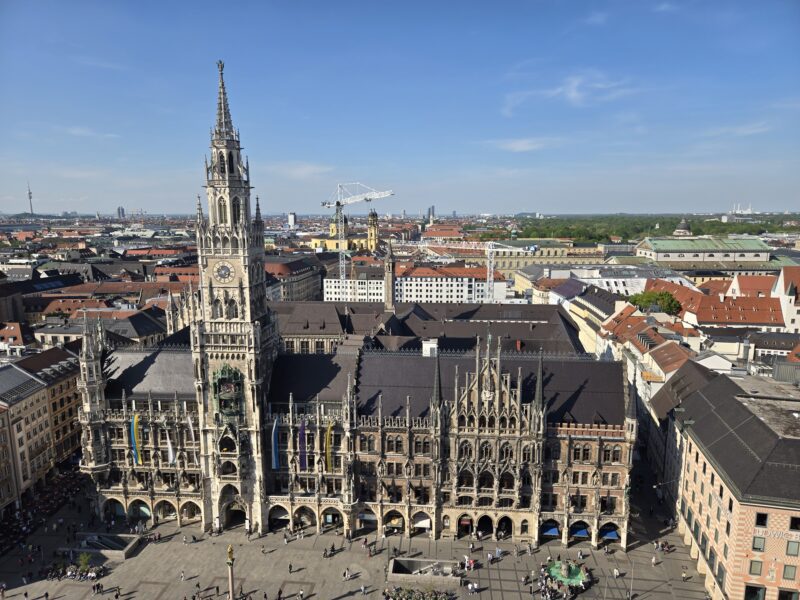
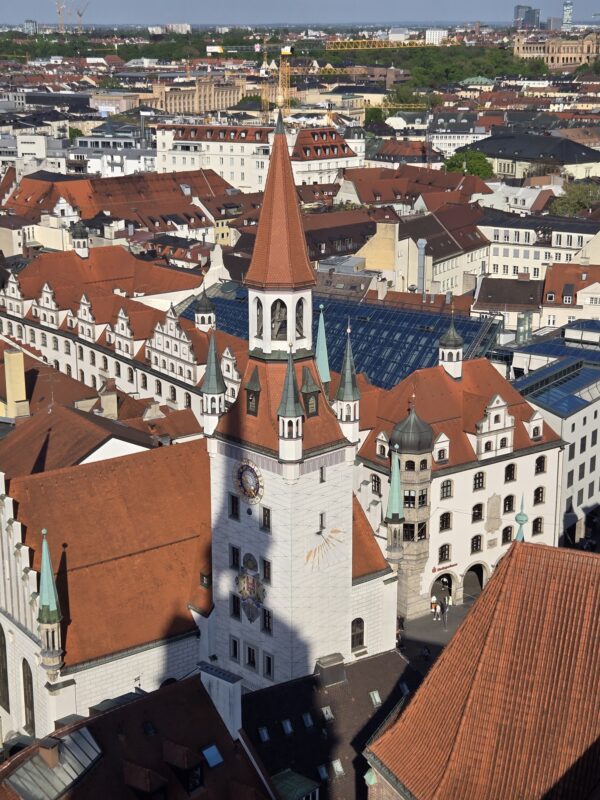
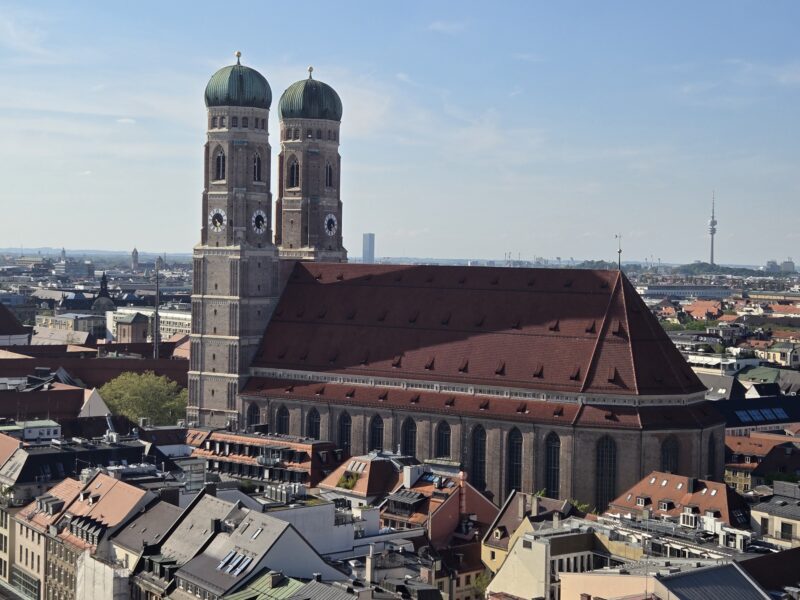
Resources
These are the websites for the three churches I visited. Click on the church’s name to visit the site and access more information, including operating hours, detailed history, address, and more.
Heilig-Geist-Kirche (Church of the Holy Spirit)
Asamkirche (St. Johann Nepomuk)
Alter Peter (St. Peter’s Church)

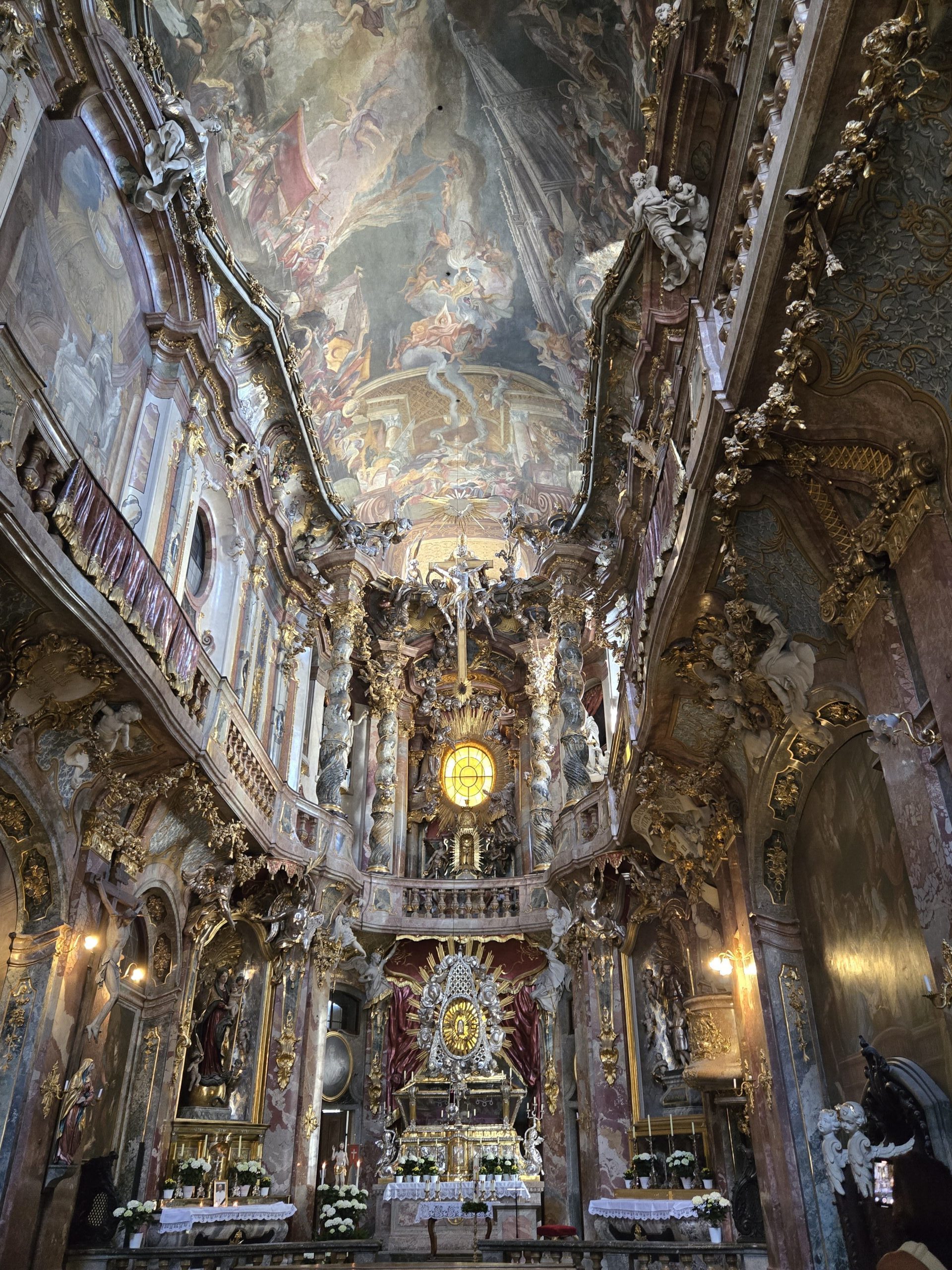
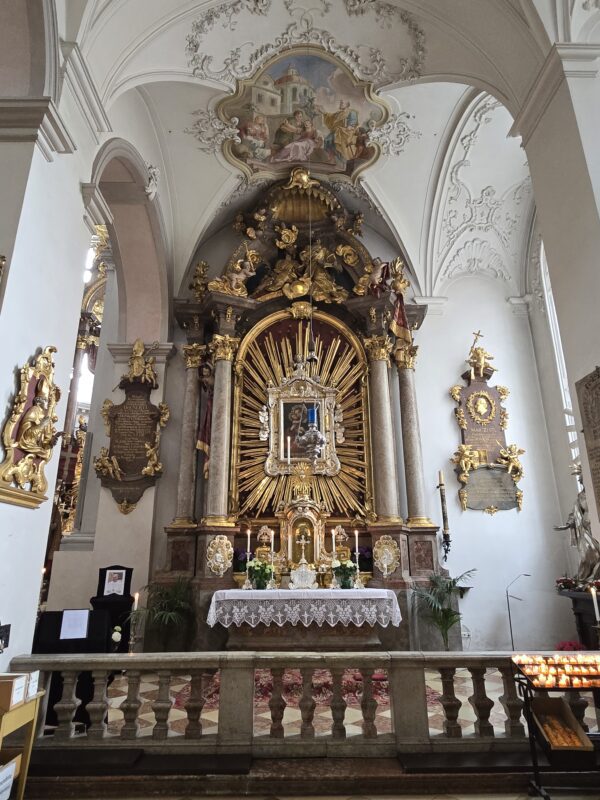
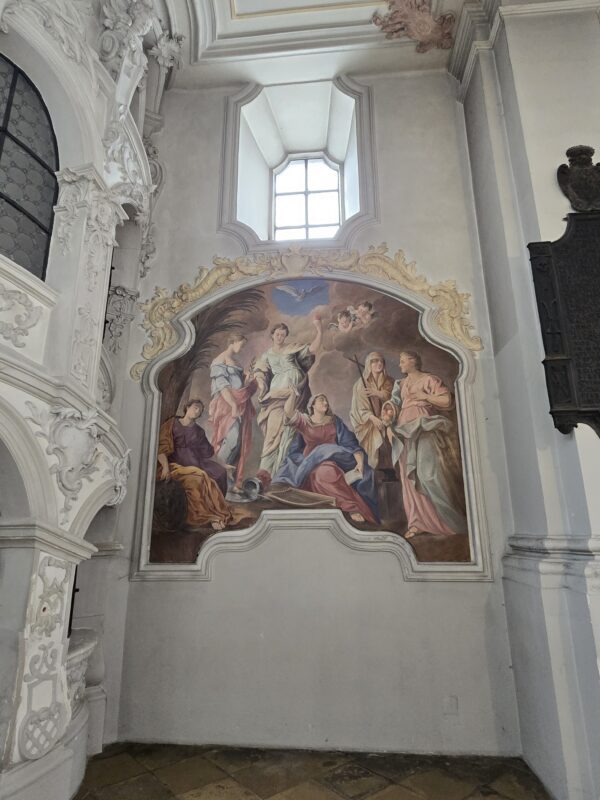
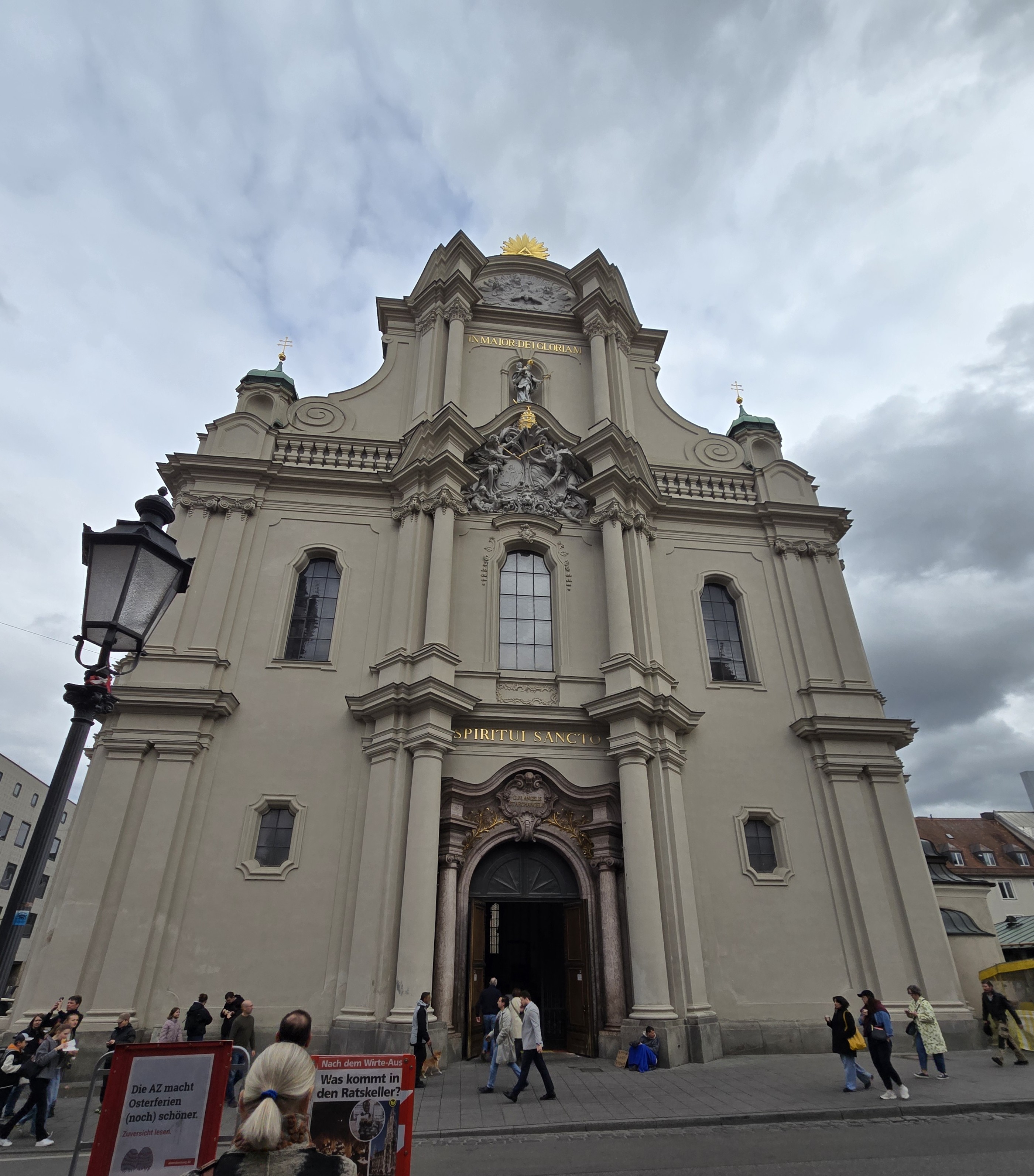
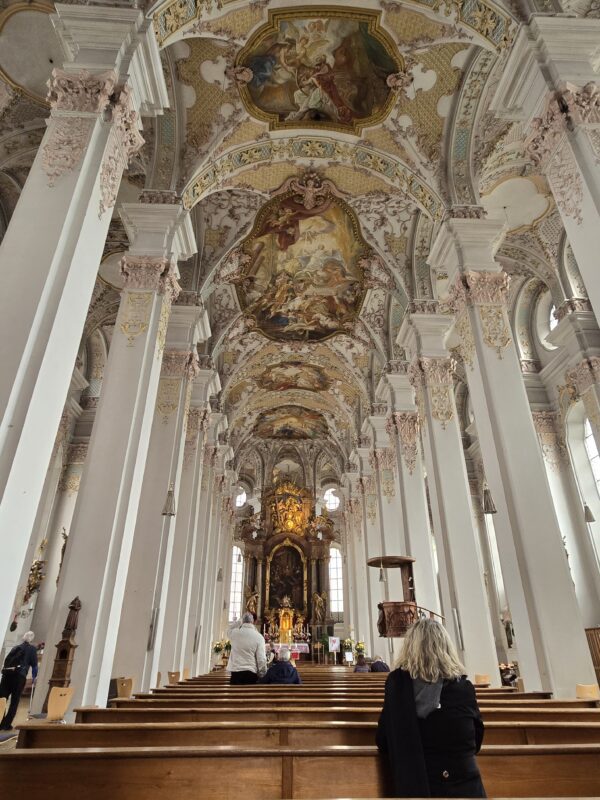
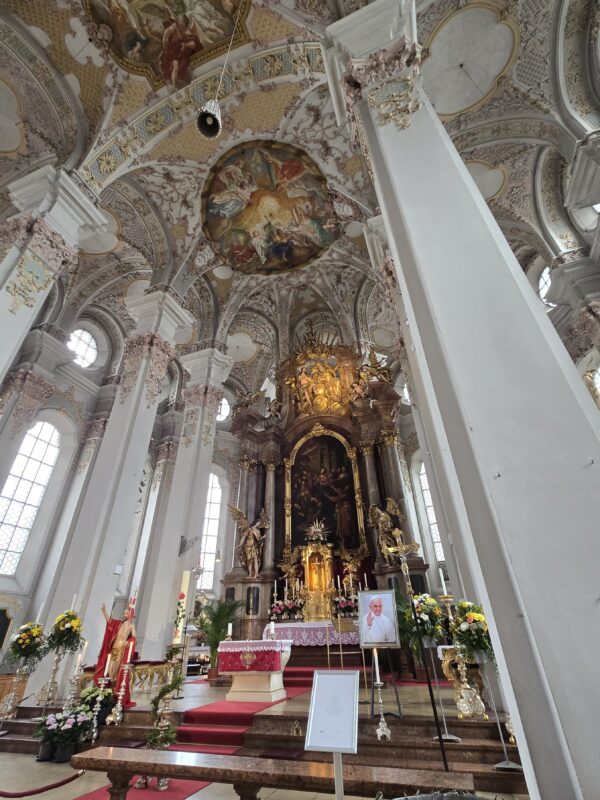
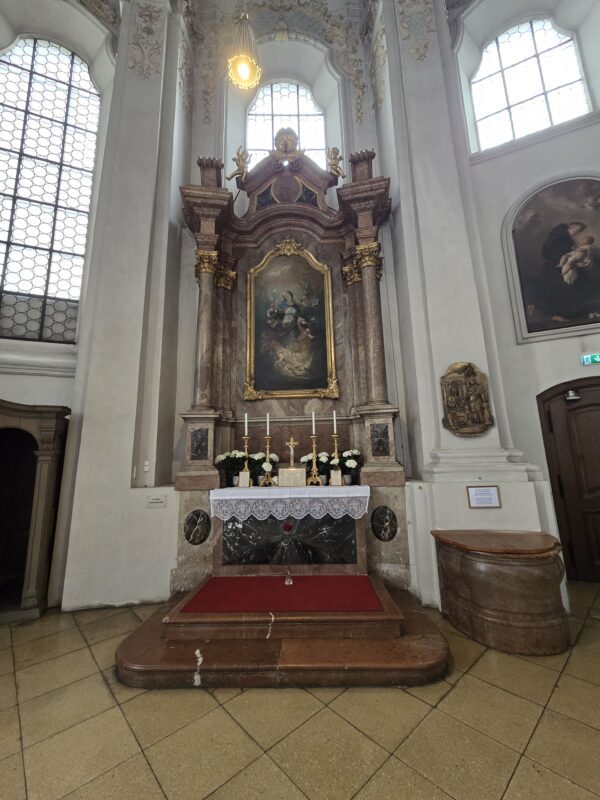
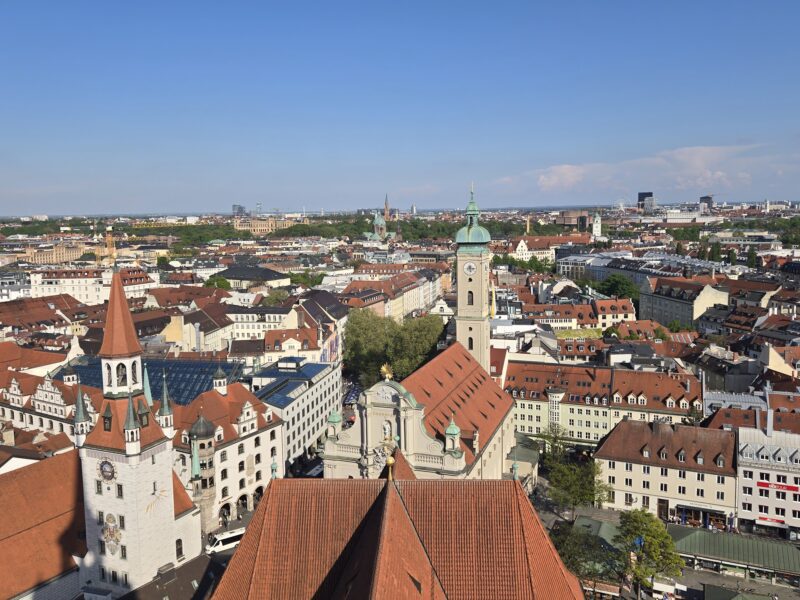
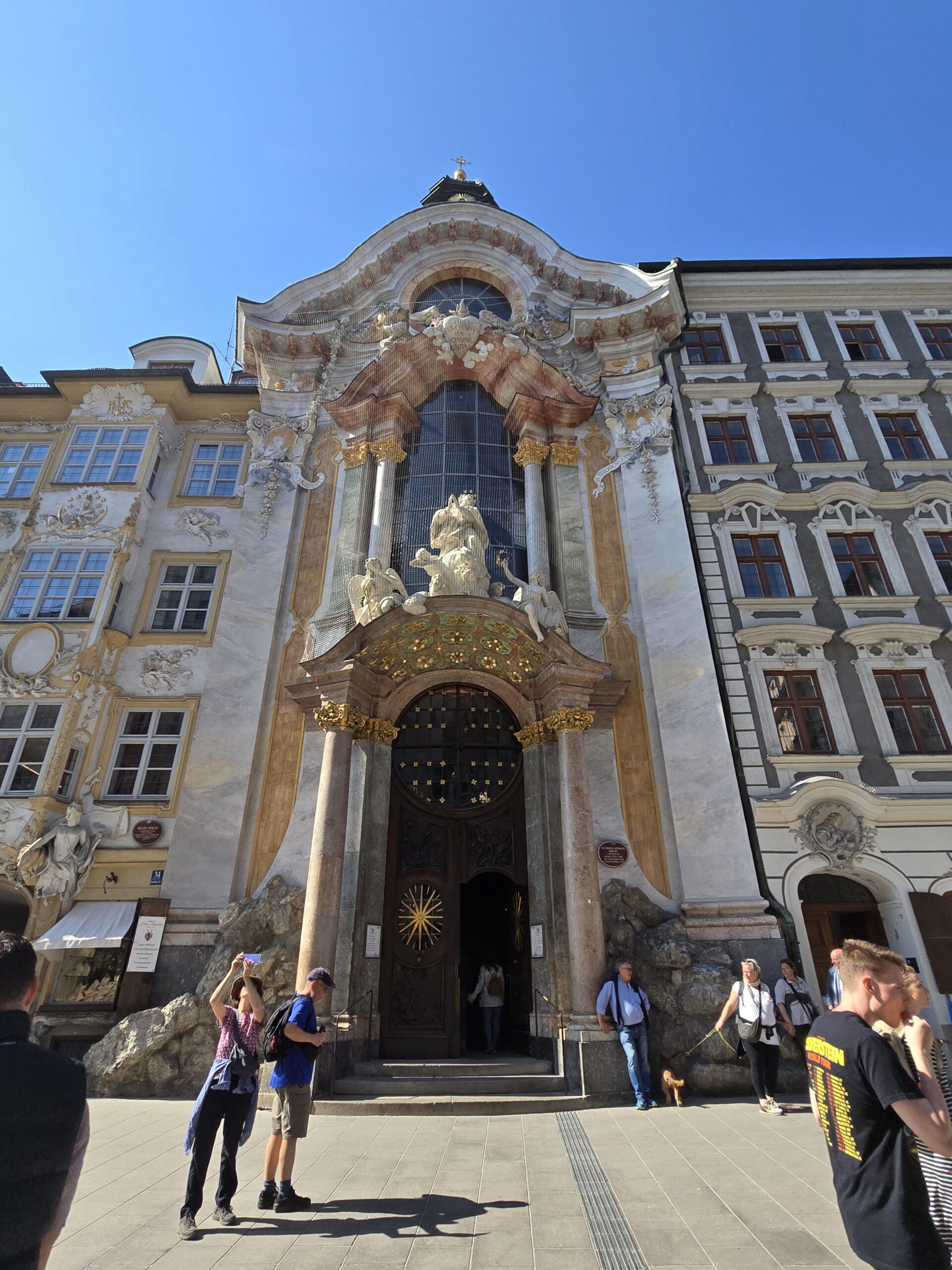
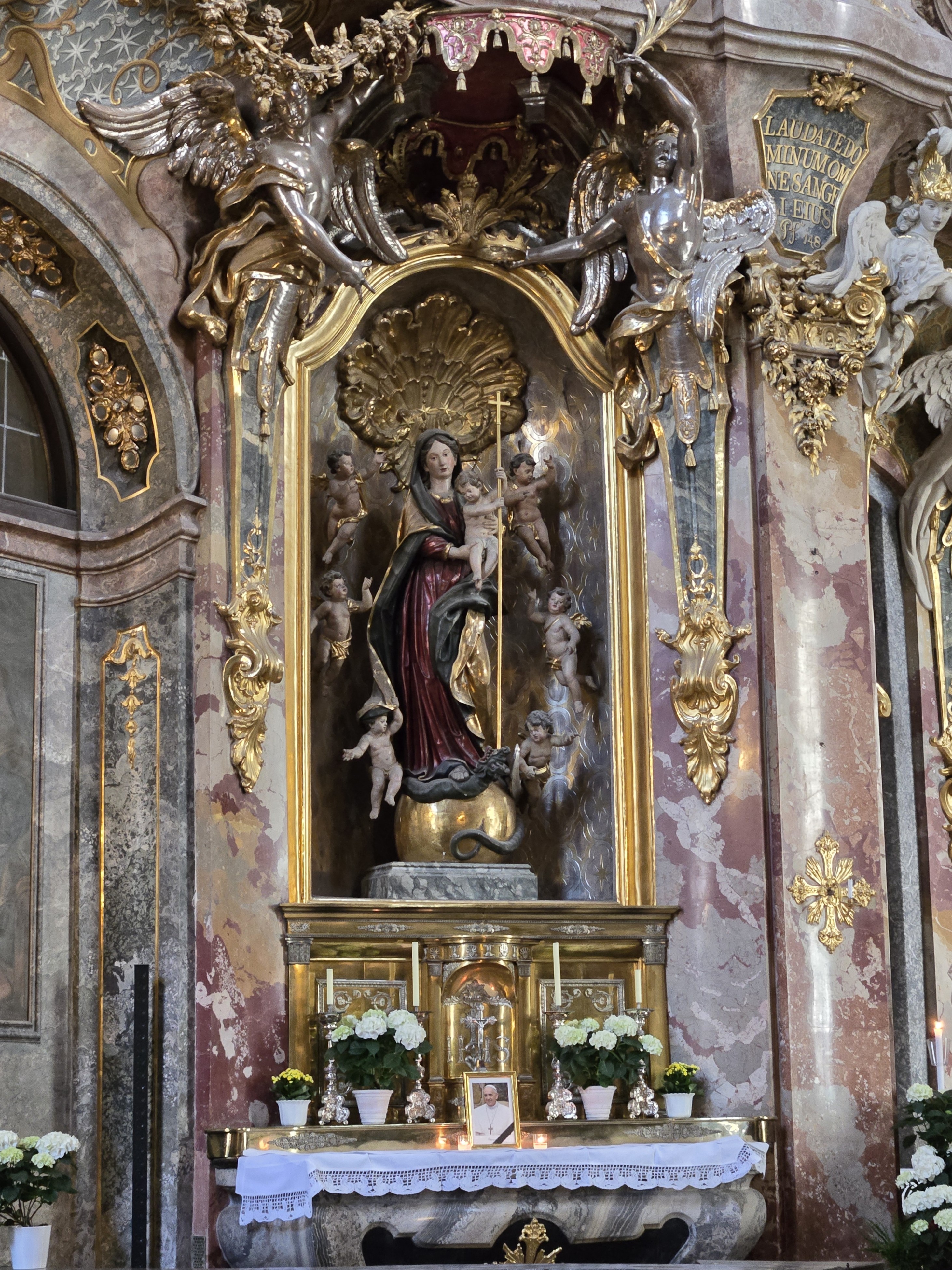
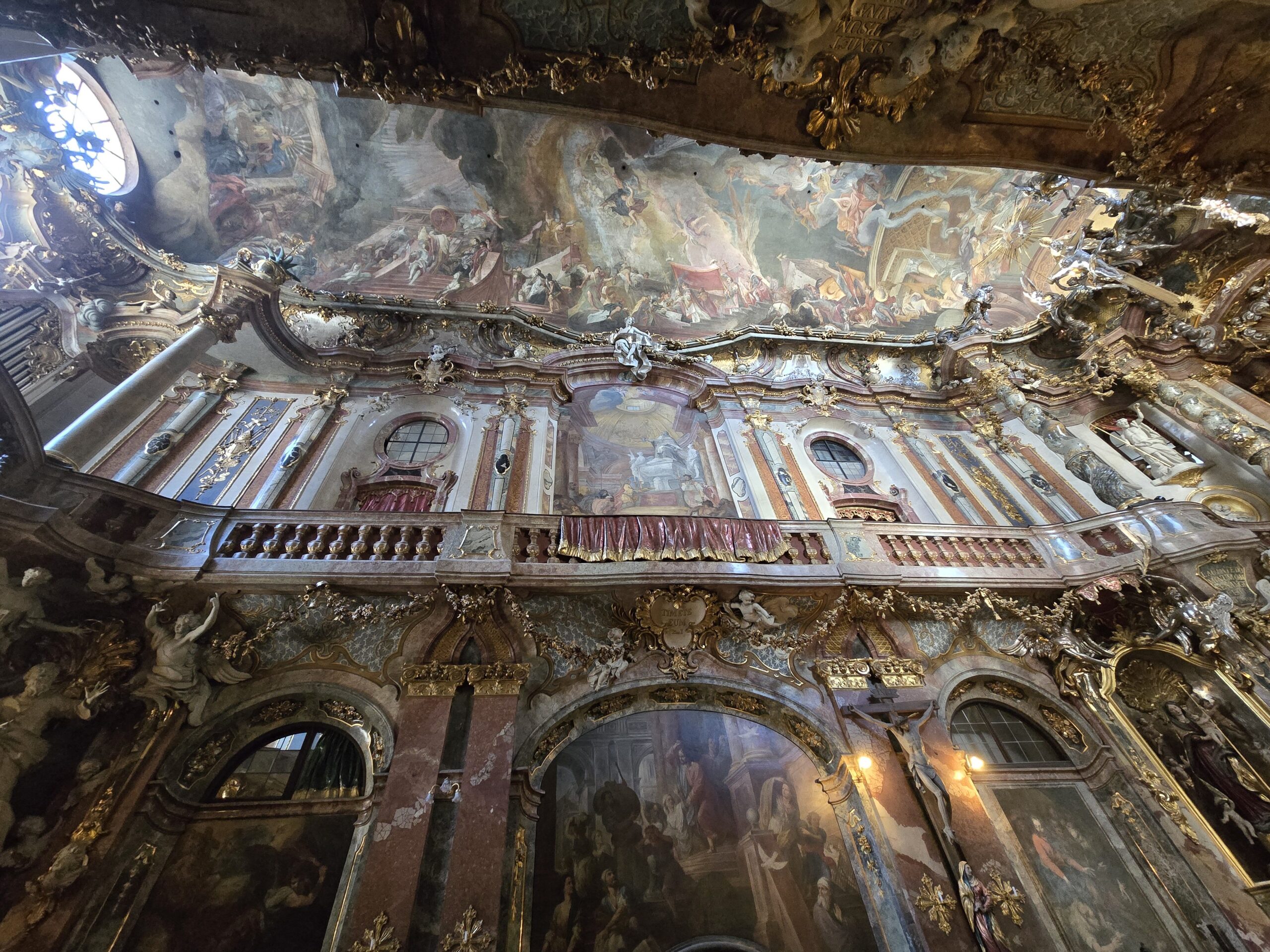
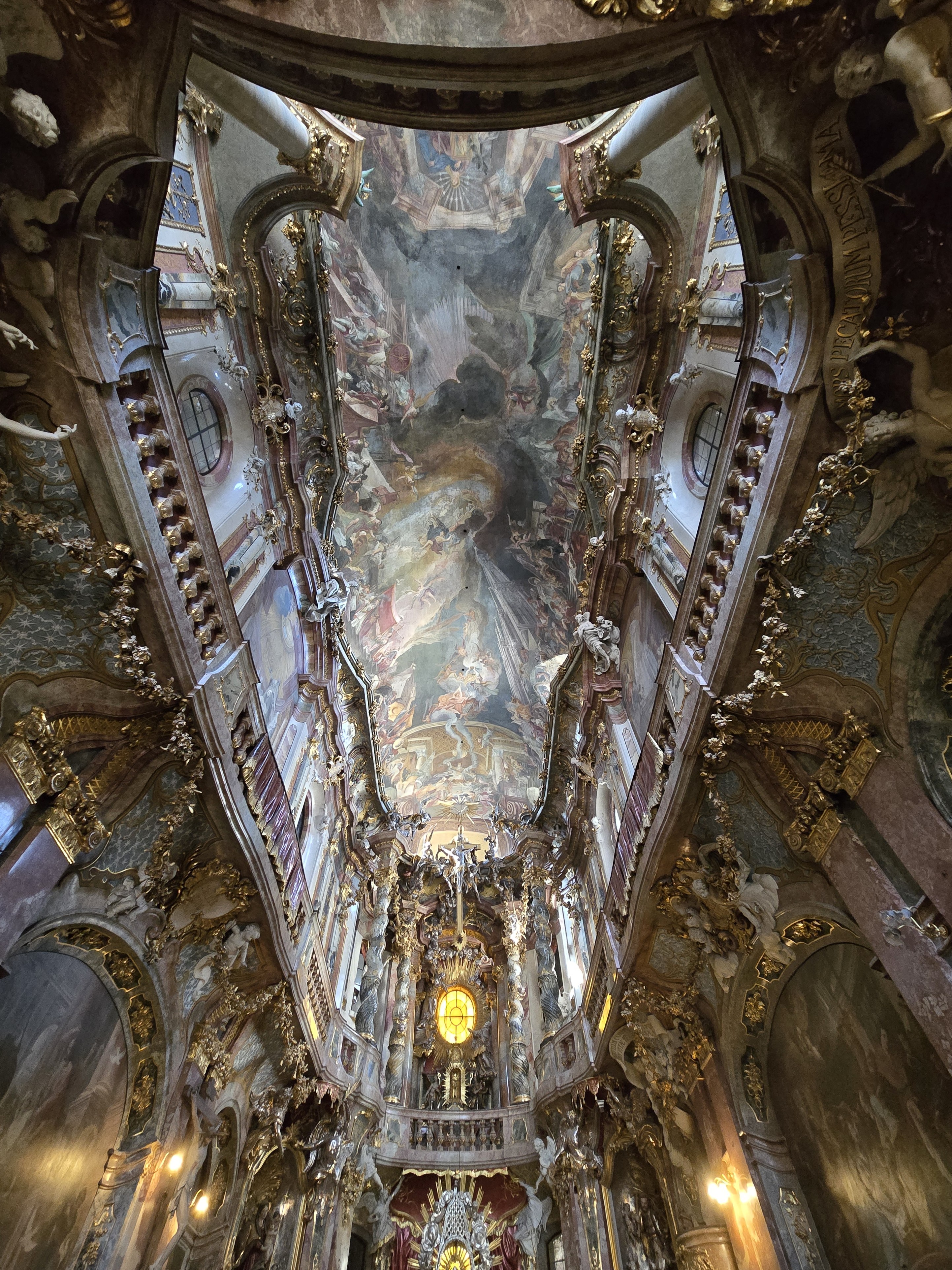
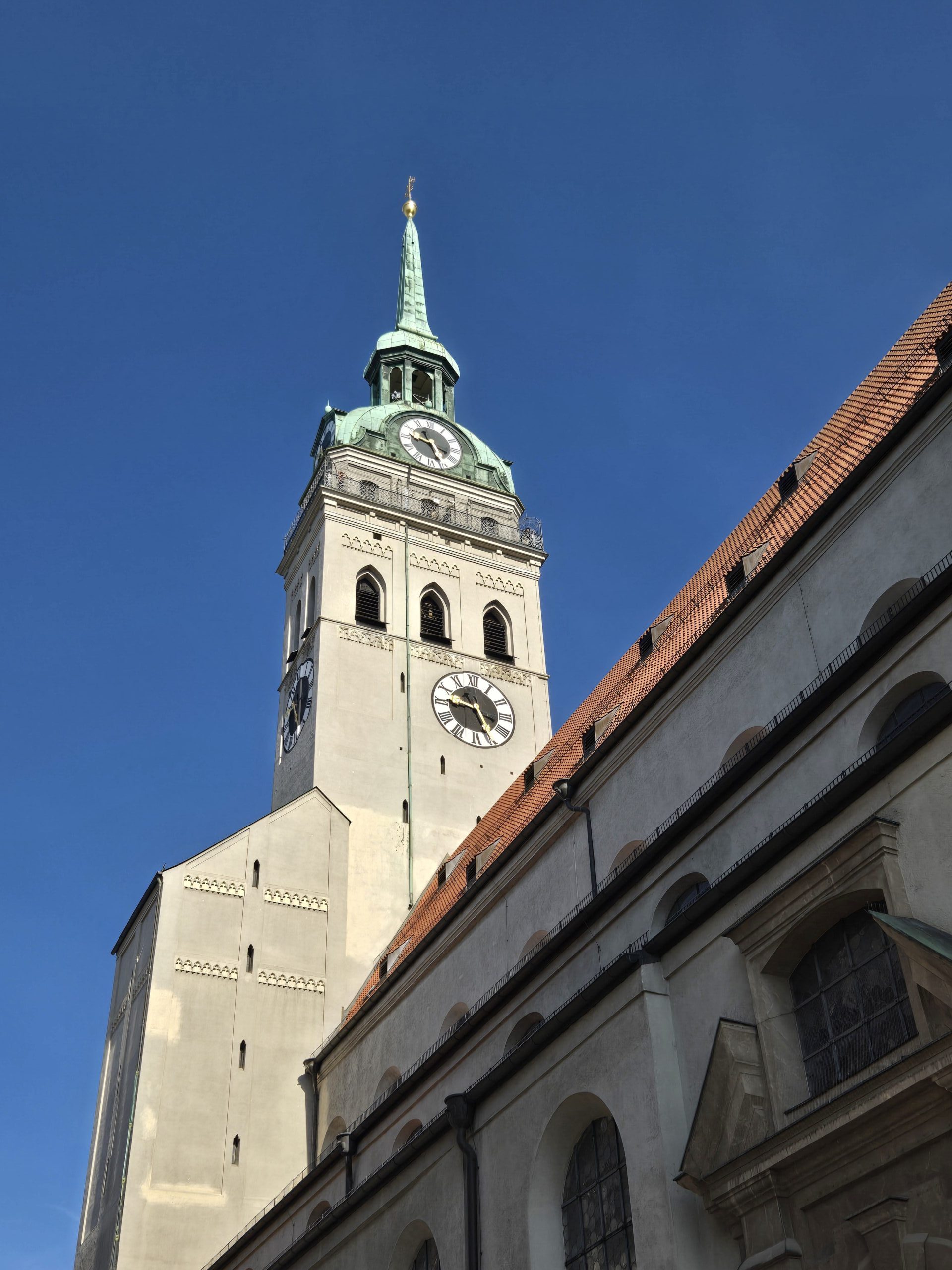
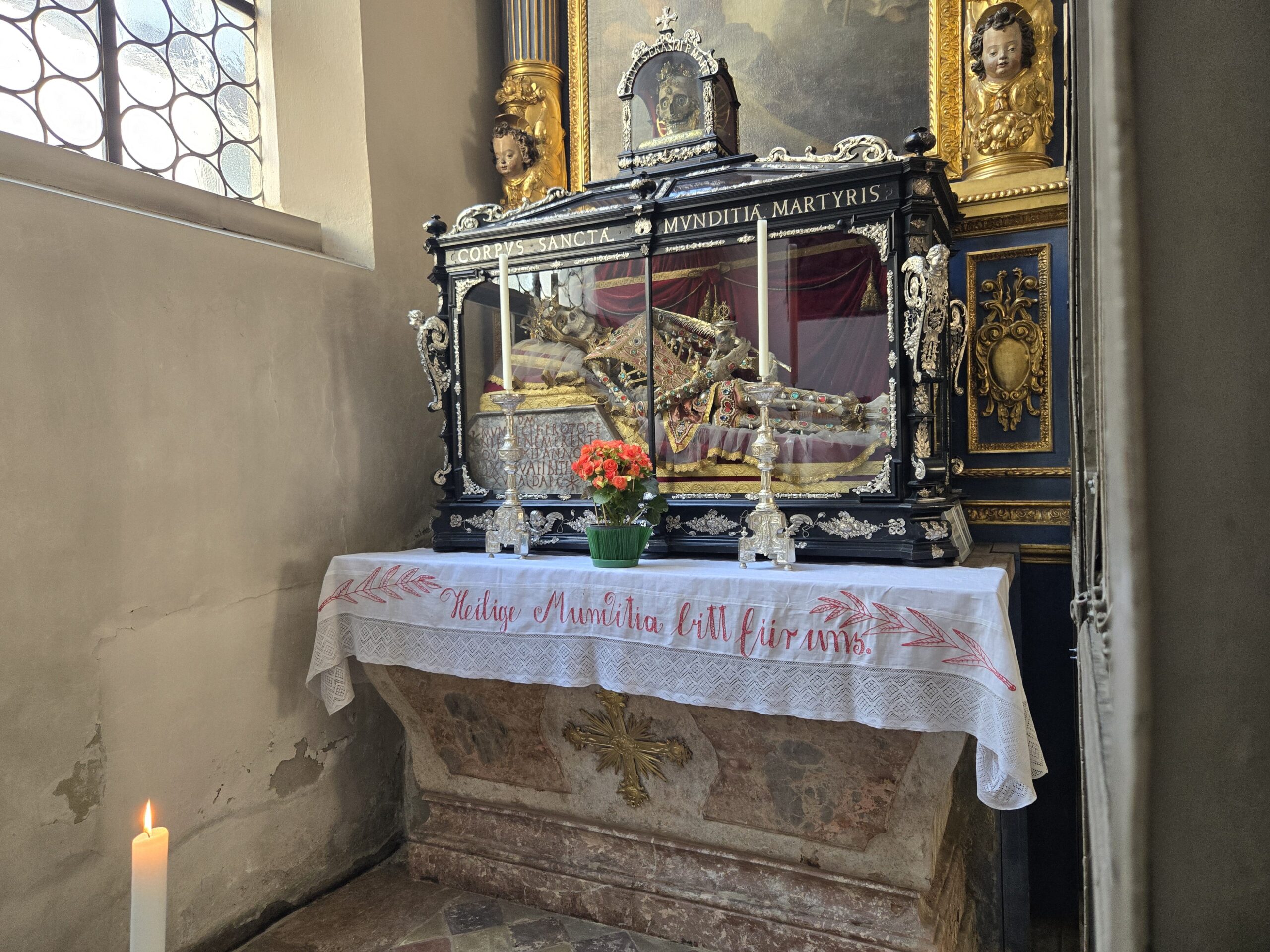
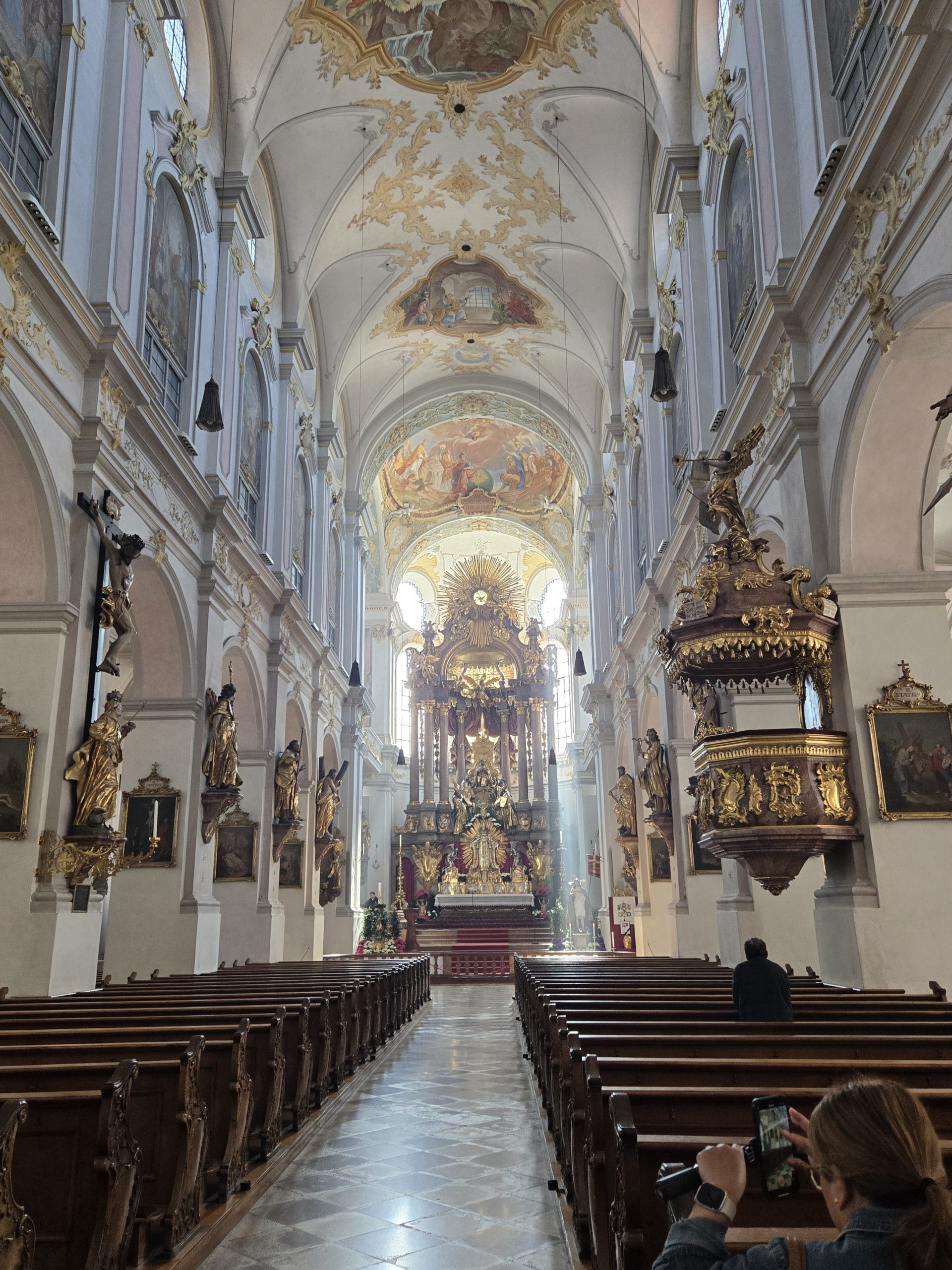
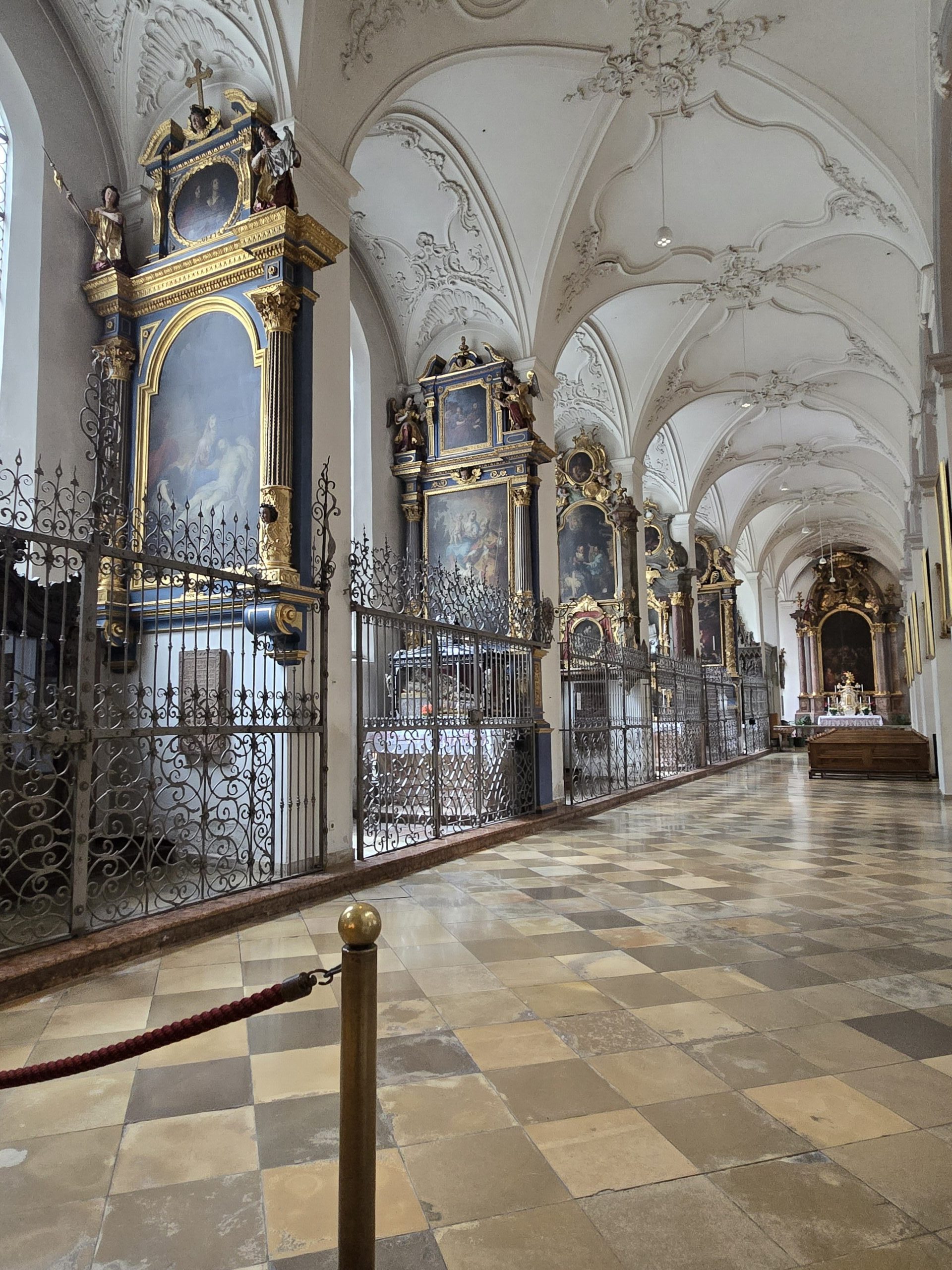
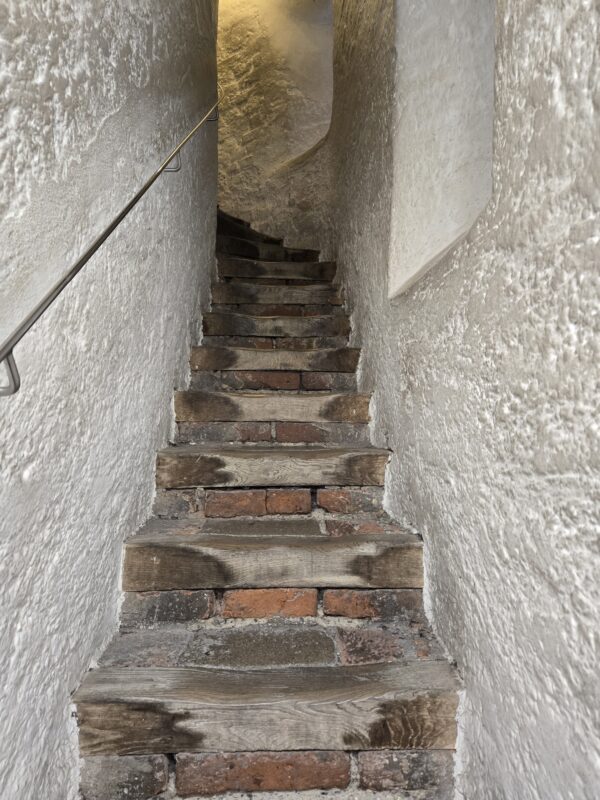

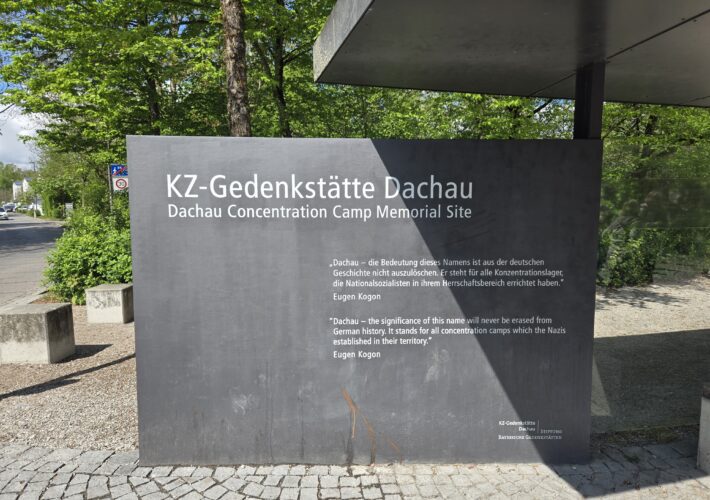
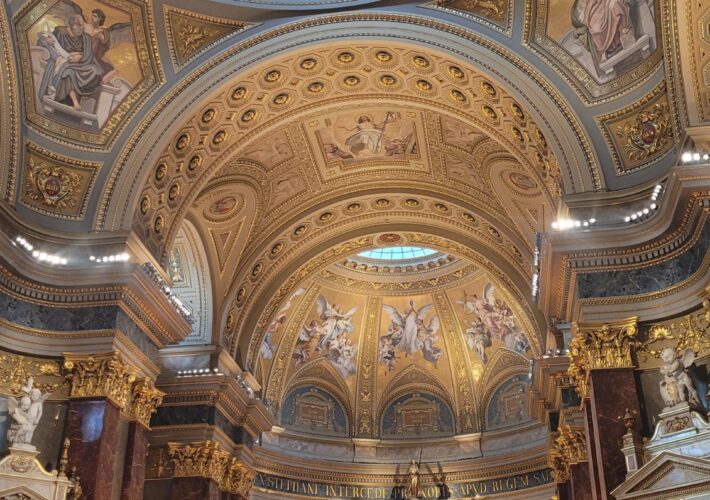
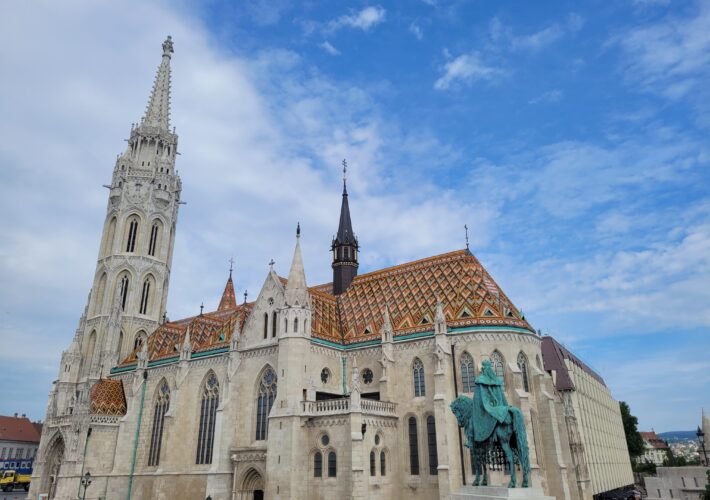


Leave a Comment